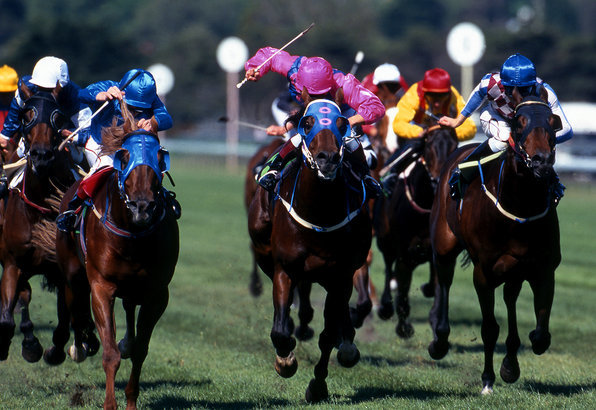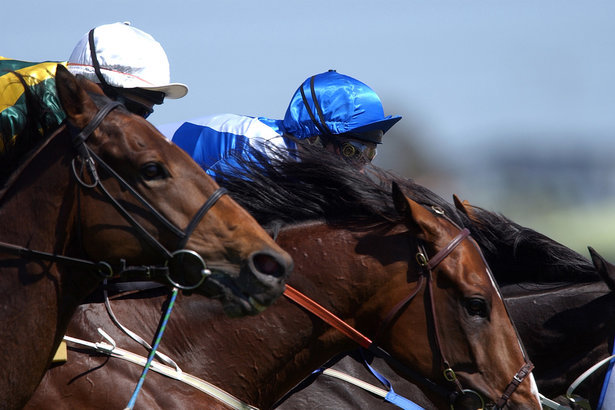The English Grand National is almost upon us, and we’ll soon join in with some 600 million viewers from around the world, placing over £150 million in bets on the £1 million steeplechase race at the Aintree course, which sees the winner taking home over £500,000.
But why do we love the Grand National? One of the longest established major races on the planet, at its most basic, the race pits horse and rider against what look like insurmountable fences, even though they’ve been tamed and pruned back in recent years to improve safety and reduce the chance of injury to horse and man.
It is also a race that any of the 40 starters stands a chance, however remote, of winning, making for some incredible stories, none more so than Bob Champion on Aldaniti in 1981.
With such a legacy, now in its 168 running, The Grand National is a race that creates all kind of mystique around names, faces and even colours.
While the name Red Rum resonates around Aintree, the handful of grey horses to win the race have become legends too, most recently Neptune Collonges in 2012. Trainers and riders also achieve a sort of immortality. Jenny Pitman became the first female trainer to win the National with Corbiere in 1983 while Katie Walsh’s ride to third on Seabass in 2012, was the closest a woman jockey has come to winning the event.
This year, AP McCoy is aiming for a second win in his last National before retiring, generating huge waves of sentiment among racing fans. The Scudamore family will see third-generation jockey Tom trying add some more shine to one of racing’s biggest names. To find the latest runners and riders for the race, click here and for all the other races over the Aintree festival, go to William Hill for Grand National odds and more sporting bets.
Other reasons we fall in love with the Grand National include the chance of one of those lucky or random bets paying off. While long odds horses winning are rare, those that do becoming indelibly linked with big payouts, most recently 100/1 shout Mon Mone back in 2009. From office pools to family bets, The Grand National is one of the few times of year that everyone seems to be nipping down to the bookies to put on a bet, be it based on impeccable logic or taking a fancy to a particular name.
But even the favourites are never guaranteed an easy ride, after the 30 fences including The Chair there’s the near 500-yard run to the tape which can see many horses tying up as they approach the line, go to William Hill for Grand National odds.
Willing them on is the roar of the crowd, one of the most impassioned sounds in sports, with millions up for grabs as the handful of horses at the head of the course strive to keep up the pace during the run in. Those final moments, with so much on the line, after so much effort make the Grand National very special and is probably the biggest reason that people love it.

